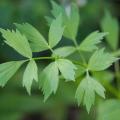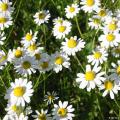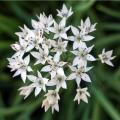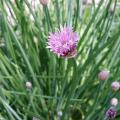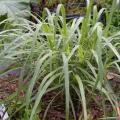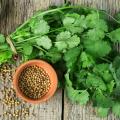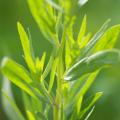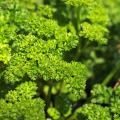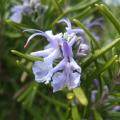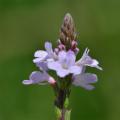Lemon balm
Does this plant fit my garden? Set up your Plantfit profile →
Available in 1 sizes
Available in 2 sizes
Available in 1 sizes

Available in 1 sizes
Available in 1 sizes
Available in 1 sizes
Available in 1 sizes
Available in 1 sizes
Available in 1 sizes
Available in 1 sizes
Lemon balm, in Latin Melissa officinalis, is a robust perennial aromatic, medicinal plant known for its soothing properties. Belonging to the Lamiaceae family, this relation of mint and thyme is essential in the herb garden. A luxuriant bushy plant, highly attractive to bees, it can be grown practically anywhere (even in rocky and poor soils), in the ground or in a pot. Ideally, plant it in a slightly isolated spot, as its exuberant nature could disturb neighbouring plants. To prevent lemon balm from becoming invasive, remember to prune it during flowering, as it easily self-seeds. Its fresh leaves will bring a lemony note to your salads, fish dishes, or desserts. Plant it in spring or autumn and harvest it from May to October. The beautiful rounded and fresh green foliage of lemon balm disappears in winter and reappears in spring.
Haven't found what you were looking for?

















































